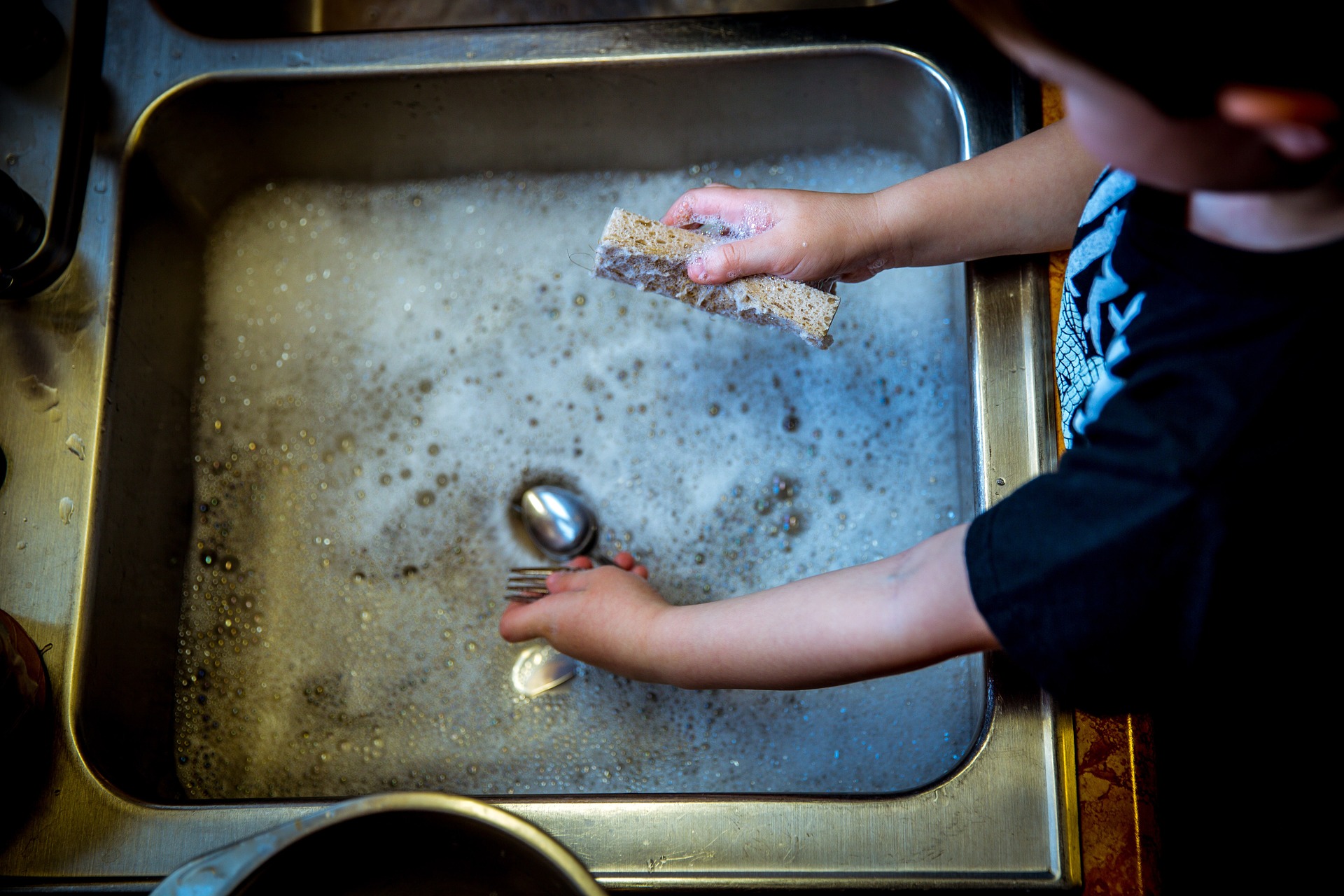Age-Appropriate Service: What Can You Do with Your Children?

By: Laura Bushman
Service is something that my parents taught me to do from a young age and is still something that I try to do today. The service I do may be small, like doing my roommates’ dishes, or larger, like volunteering in a second-grade classroom at a local elementary school or helping at a food pantry. My habit of service has helped shape the person that I am today; I know the benefits of service and I strive to find ways to serve others.
Dr. Becky Bailey (2015) tells us, “Children need to be of service. Whom and how they serve must be developmentally appropriate in order to be meaningful” (p. 166). She goes on to explain how we can ensure that our children’s service activities are developmentally appropriate. Younger children don’t have much of a concept of the world beyond their own homes, families, and regular experiences. Therefore, they benefit the most from serving their families or other people close to them. Parents can help them do this by providing opportunities for children to serve at home.
When children are first learning to serve, they may need some guidance to know what to do, but after some practice, they will start to find ways to serve on their own. There are many ways for children to serve at home. Parents can help their children serve by encouraging them to make a sibling’s bed, unload the dishwasher, fold the towels, or make a card for their church leaders. They can also expand children’s immediate worlds and service opportunities by introducing them to new people; perhaps they could visit a nursing home and focus on one individual to visit every week. This type of service, directly influencing people close to them, will be the most meaningful to young children and will help them develop a habit of serving others.
Once children get a little older, around fourth grade, they can start to understand the world beyond their own homes and lives. By this age, children will understand the benefits of community service, even though they may not be able to directly see those who are benefitting. Parents can provide opportunities for their child to serve by donating to the local food pantry, organizing an activity to pick up trash, or helping a new family move in.
Even though certain types of service are most effective for different age groups, children can still serve in other ways. For example, young children may not fully understand what a food drive is, but they will learn that it is helping other people and that helping other people is a good thing to do. When parents involve their children in service from a young age, children will develop service habits and will continue to serve others as they grow up.
Bailey, R. A. (2015). Conscious discipline: Building resilient classrooms.Oviedo, FL: Loving Guidance.
You must be logged in to post a comment.